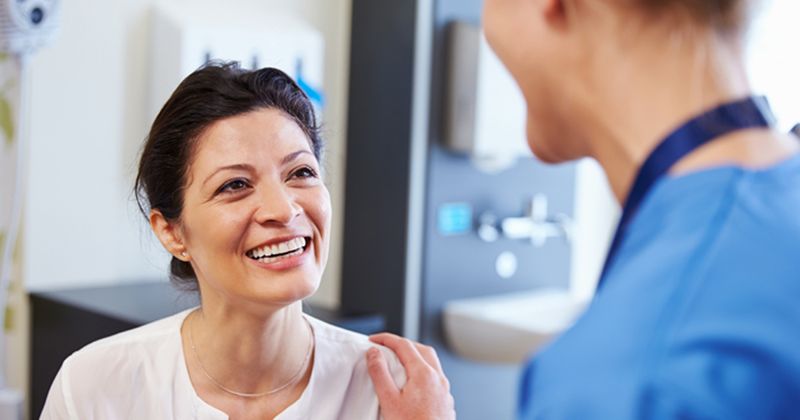Water-based lubricant use does not appear to alter vaginal microbiome
Key takeaways:
- There were no significant vaginal microbiome alterations up to 4 weeks after water-based lubrication use.
- Researchers found some differences in microbiome diversity and relative abundance between pre- and postmenopausal women.
BALTIMORE — Repeated use of water-based lubricants did not appear to significantly alter the vaginal microbiome of premenopausal and postmenopausal women for up to 4 weeks after application, researchers reported.
“WHO [recommends using lubricants that] have a vaginal pH of 4.5 and osmolality below 1,200 [mOsm/kg]. There are certainly age-associated issues related to changes in vaginal pH and personal lubricants may alleviate these symptoms,” Michael L. Krychman, MD, clinical health professor at the University of California, Irvine, said during the presentation. However, the effects of personal lubricants on the vaginal biome remain understudied and underappreciated, according to Krychman.

Researchers conducted a randomized trial to evaluate the effectiveness and safety of five water-based lubricants. The study included 174 premenopausal and postmenopausal women aged 18 to 65 years with mild to moderate vaginal dryness and dyspareunia. All women were sexually active and reported intercourse at least once a week. Participants were randomly assigned to one of five water-based lubricant groups and instructed to use that lubricant during vaginal intercourse at least once a week over 4 weeks.
Researchers sampled four vaginal swabs per participant at before lubricant use and 2 hours, 24 hours and at 4 weeks after application to evaluate bacterial diversity. They also collected vaginal moisture and pH measurements at baseline, 2 and 24 hours after lubrication use.
Researchers reported no significant alterations in the vaginal microbiome for up to 4 weeks after lubrication application with any of the five water-based lubricants.
The researchers observed some significant differences in microbioal diversity and relative abundance between premenopausal and postmenopausal women; however, these differences remained unchanged before and after lubricant application, Krychman said during the presentation.
The relative abundance of Lactonbacilli was negatively correlated with vaginal pH, while Gardnerella was positively correlated with vaginal pH across all age groups, according to Krychman.
The researchers noted that vaginal pH increased in all groups soon after application but was restored in most users after 1 day.
Krychman concluded that “the intravaginal microenvironment was not affected by the lubricant in the long term.”
“This is just the beginning of further research on lubricants and their impact on vaginal biome,” Krychman said. “Further studies are warranted with larger samples in a more diversified population.”

